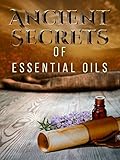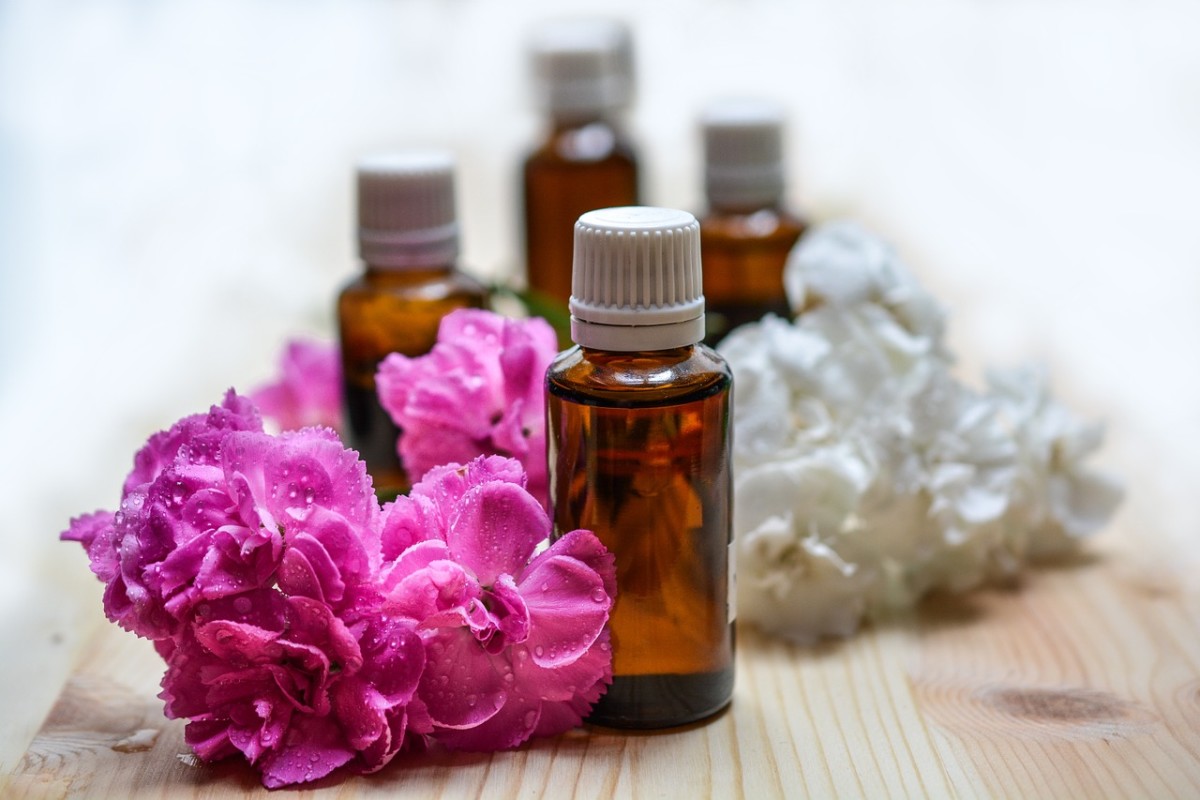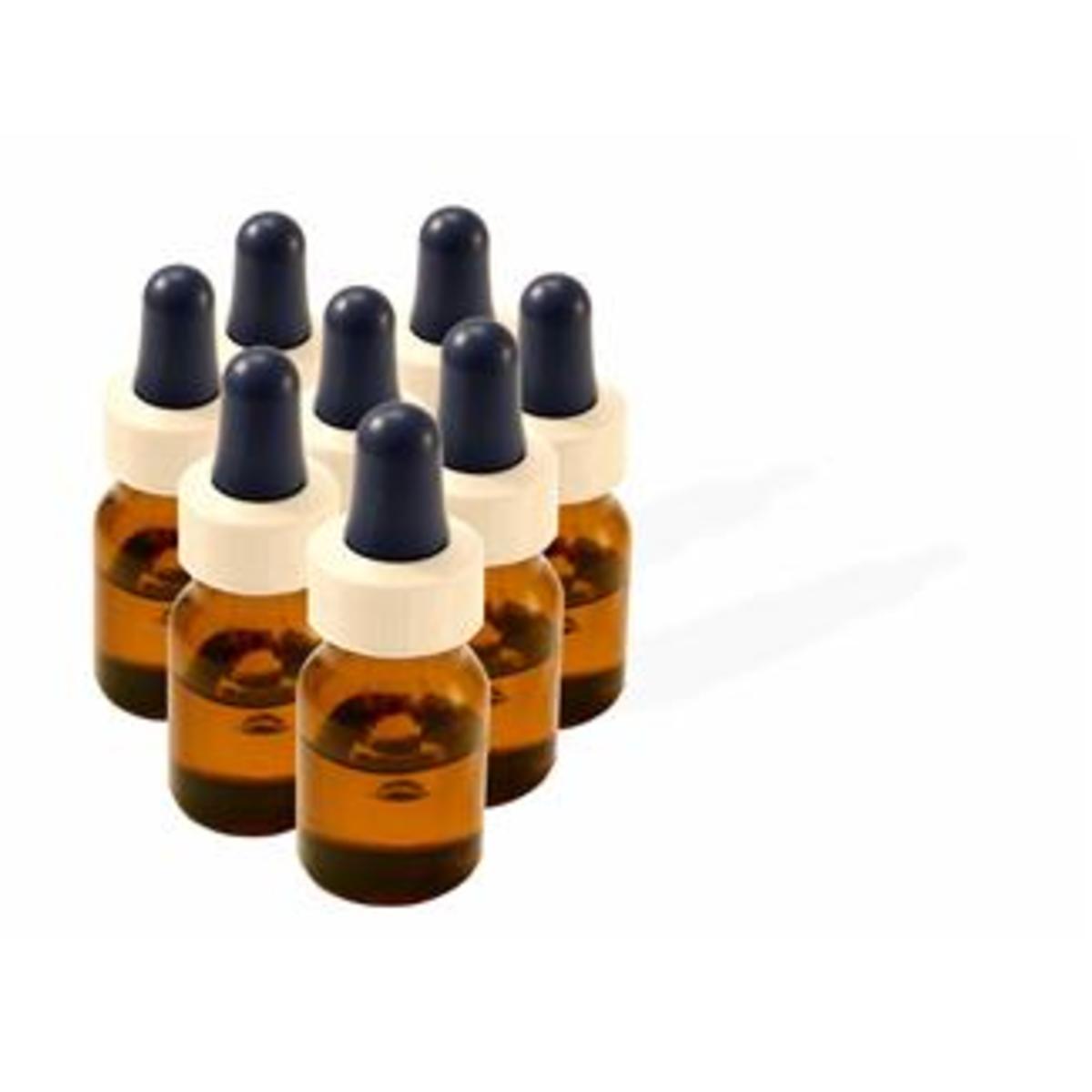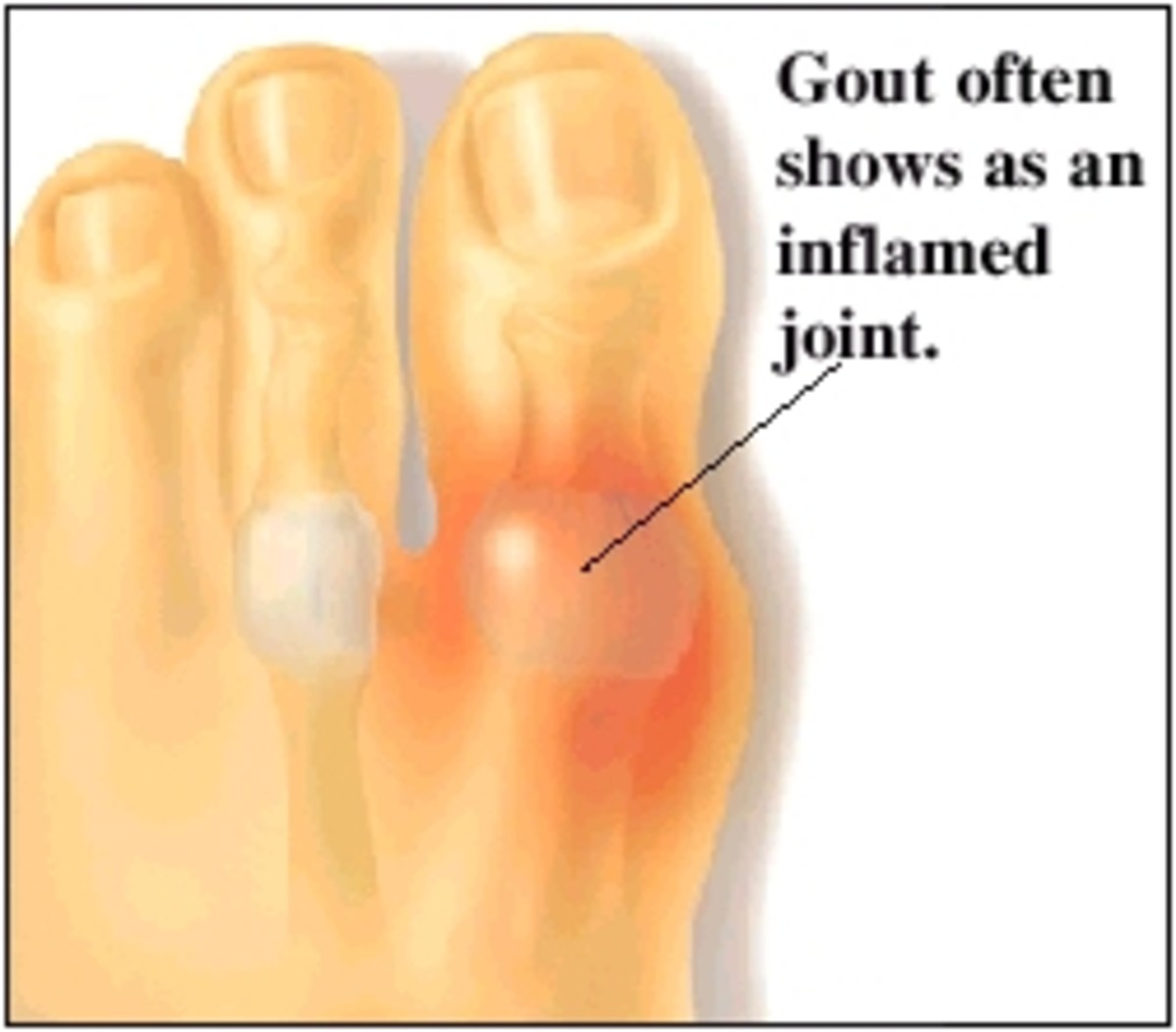- HubPages»
- Health»
- Alternative & Natural Medicine»
- Herbal Remedies
Extracting Essential Oils From Cinnamon
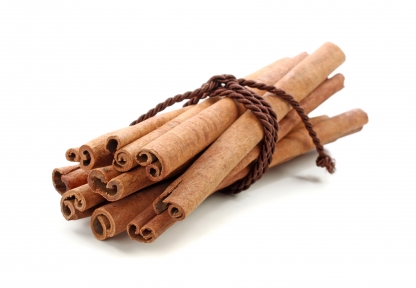
How to Blend and Use Aromatherapy Oils : Making an Aromatherapy Oil & Lotion Recipe Using Cinnamon
About Cinnamon Oil
Cinnamon is a plant that typically grows around the area of China, Far East, and the East Indies. Its fruit comes with a distinctive aroma and taste, which explains why the oil produced from this particular plant contains that kind of unique aroma. The average height of this plant or shrub is 15 meters but commercially grown ones are kept to as much as 6 meters for easier maintenance. Its leaves have a leather and shiny appearance, which are also utilized for extracting essential oils. It comes with an oval-shaped but small and white flowers.
The history of using cinnamon essential oil in aromatherapy and other forms of alternative medicine goes back to as old as during the times of the Egyptians, Romans, Greeks, and the Chinese. Aside from being one of the oldest known spices, it was believed to contain properties that make it an effective remedy for various conditions. Over the course of using cinnamon oil in aromatherapy, it has been reported to treat various conditions including cardiovascular diseases, digestive problems, colon diseases, high blood sugar levels, and even including psychological conditions.
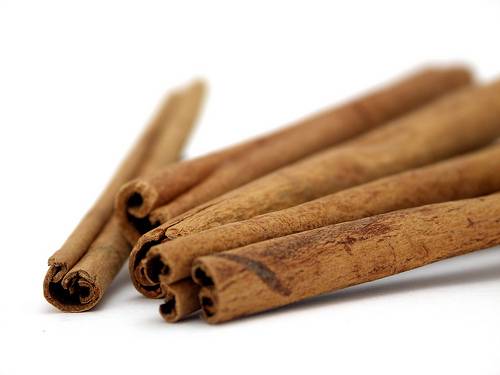
Options for Method of Extraction
There are several parts of the cinnamon plant that is utilized for extracting essential oil. This is one reason why this type of plant is very commonly used for extracting oils and used widely in aromatherapy. However, there is a difference in the quality and strength of the oil depending on which part of the plant you use for extraction.
Some of the parts used to extract oils from the cinnamon plant includes the bark and the leaves. Most aromatherapists would opt to use the bark instead since they believe it is capable of producing more quality oil as compared to the oils produced from the leaves. There are currently three method of extraction used to produce cinnamon oil: distillation, pressing, and maceration. Properly choosing which method to use will strongly determine how the oil's natural quality is preserved during the process.

Herb & Fruit Recipes : How to Extract Cinnamon Oil
Distillation
The distillation method remains to be the most popular method for extracting essential oils in the field of aromatherapy. To be specific, steam distillation is one process used for extracting cinnamon essential oils. In this method, the leaves and barks are used to produce the oil needed for aromatherapy. In distilling cinnamon oil, it should be pretty easy given that there are several home distillation kit sold in the market.
Simply place the botanical material in a still, which functions quite similar as a pressure cooker. Once inside, the plant is subjected to pressurized steam which causes the oil globules to be released and evaporate. The vapor is then passed out to a cooling pipe, allowing the vapor to condense back into liquid form. In the liquid form,you should be able to easily separate the oil from the water.
Pressing
The pressing method is another choice for extracting cinnamon oil. Basically, you will start by chopping up the leaves of the cinnamon plant so they are tiny enough to be pressed. After pressing the plant material, it should release a watery mixture that will allow the liquid substance to separate from the essential oil naturally. Do take note that cinnamon oils extracted using the pressing method often have a short shelf life.
Maceration
Maceration is an extraction method often used in producing cinnamon oil for massage or topical use. However, the oil you are able to extract is more of an infused one rather than pure essential oil.
You will start by soaking the plant material in a vegetable oil. Then, it is placed above a heat source until it reaches a boiling point. During that time, you are now ready to strain the liquid and separate the essential oils.
Things You'll Need
If you prefer to make your own essential oils at home without buying your own distillation kit, you surely can. In fact, most of the materials you will be needing are available in your own kitchen. You do have to take note though to ensure that you keep a close eye on each step of the process to help preserve the quality of the oil.
Here are the materials you need to gather:
• Parts of the cinnamon plant (e.g. Leaves and bark)
• Carrier oil
• Cooking pot
• Strainer
• Funnel or eye dropper
• Large bowl
• Amber colored bottle or glass
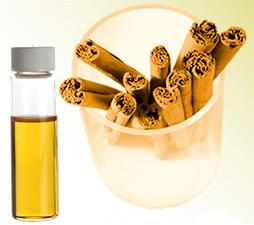
Step-by-Step Guide for Home Extraction
To get started on extracting cinnamon essential oils at home, take note of the following steps:
- Place the ground parts of the cinnamon plant into the cooking pot. Add around two cups of carrier oil into the mixture.
- Turn on the heat to about a medium range and wait for 3-5 minutes. When the cinnamon heats up until it reaches simmering point, remove it off the stove top to avoid overheating and damaging the natural chemicals of the oil.
- Wait for the oil to cool down and strain it onto another container.
- After properly straining the liquid substance, transfer it to its final storage container. Make sure that it is either amber or any dark colored container to avoid penetration of light so you can extend its shelf life.

Methods of Using Cinnamon Essential Oil
Cinnamon oil is quite a strong type of oil; hence, you need to be careful in choosing what method of application to use. Also, there are certain restrictions as to whom is allowed to use it. This is not particularly advised for pregnant women and children since the strength of the oil can be too much for such sensitive individuals or better find a gentler alternative. As for those that are allowed to use it, here are some of your options for its application.
Vaporizers are a good way to release the essences of the cinnamon oil, wherein it could easily penetrate your nasal passages and enter your respiratory system. In there, its antimicrobial properties can activate its healing action to treat acute bronchitis and colds. You can also add a few drops of the cinnamon oil into your bathwater. However, dilute it with a few amounts of carrier oil. By soaking your body into the essential oil solution for a few minutes and doing this on a regular basis, you will notice improvements in your rheumatism, arthritis, and joint or muscular pain problems. Meanwhile, if you have mild arthritic pain or is suffering from a digestive problem, then applying cinnamon oil as a topical solution can provide immediate relief.

